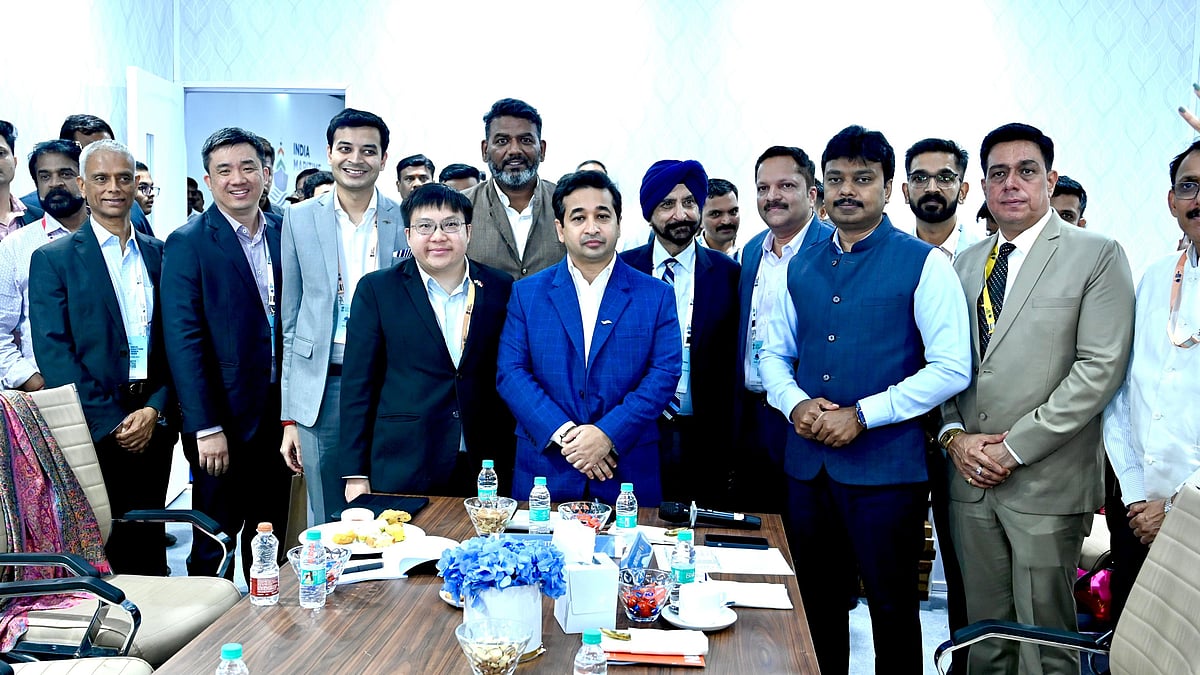Across the world, every business sector has found its route to accelerated transformation due to the outbreak of COVID-19 and rapid technological adoption, and the financial sector is not an exception.
Technological advances combined with customer expectations are altering the way lenders operate. Furthermore, the increasing internet penetration and adoption of smartphone devices are pulling traditional and new-age borrowers towards digital lending solutions.
According to a survey – around 40 percent of borrowers led by millennials are willing to move to online mode in securing loans rather than offline channels.
The accelerated push towards the adoption of digital tools makes technology the key enabler of the digital lending market. Contrary to the conventional lending market, digital lending combats major challenges of the market that served as the bottleneck of growth for many enterprises and individuals in India.
Customers’ pain points such as laborious disbursal process, complex eligibility criteria and clear credit history to borrow from traditional banks gave rise to digital lending startups. These digital leaders are leveraging the potential of technology to fill the gaps where banks and NBFCs companies make the lending process inaccessible for customers.
Today, technological advancements and digitization are paving the way for an optimized digital lending space for consumers. From streamlining the process to facilitating a secured architecture is revolutionizing the digital lending industry.
Artificial Intelligence (AI)
AI combined with Machine Learning (ML) algorithms transform the core lending process for consumers. It automates redundant administrative tasks that are human-oriented and occupies the staff with ordinary activities. Digital lenders today reap the benefits of AI and ML to free the employees from time-consuming activities and focus on productive tasks to foster customer relationships. For instance, AI-based chatbots handle a substantial amount of customer interactions that were earlier handled by humans.
Furthermore, AI’s predictive analysis optimizes the lending process by allowing lenders to focus on customer engagement and retention. In addition, the new-age technology drives efficiency by empowering digital lenders with fraud detection at an early stage.
Data Science
The digital lending industry runs on an enormous amount of data for enhanced financial delivery and customer strategies. It plays a crucial role in designing consumer-oriented digital lending services to deliver value and security. The cutting-edge technology helps digital lenders structure data exchanges, standardize and analyze data to know the borrowers’ background and make the lending products more customizable for them. Data Science embedded in digital lending platforms is beneficial in a country like India where millennials and non-metro cities are still untapped for different loan types.
Cloud computing
Cloud computing is making a huge difference in the lending market. It solves the uptime concerns of the sector by making the entire loan disbursal process quicker and easier than before. It allows lenders to stay ahead of the competition by hosting disruptive technologies including AI, ML, Deep Learning, Big Data, etc. In addition, with cloud storage, digital lending platforms can centralize data access that streamlines the loan documentation process and promotes transparency across different stakeholders such as borrowers, investors, lenders and regulators. Unlike traditional lending processes, cloud repositories offer scalability, data integrity and security to make an accelerated and safe space for consumers as well as digital lenders.
RPA and API
New-age customers look for faster and hassle-free access to loans. Many technologically advanced digital lending platforms are addressing the industry’s old challenges through RPA (Robotic Process Automation). It automates the process of loan initiation, documentation, verifications and other time-consuming tasks for an improved customer experience. In addition, RPA’s integration with API (Application Programming Interfaces) makes easier access to digital lending products while enabling bigger scope for innovations. Further, it allows digital lenders to access data from anywhere and engage potential customers in a more secure manner.
Takeaway
Apart from technology, the digital lending landscape is data-driven. From initiation to underwriting and post disbursal, digital loan processes process data. It is imperative for digital lenders to capitalize on new technological advancements that can help fasten certain procedures and turn-around times. With the integration of technology, loan processes have become more optimized allowing digital lenders to follow ever-changing regulations, operate in reduced time and maintain robust systems for consumer security.
(Ajay Chaurasia is Head of Product, RupeeRedee-digital platform)








